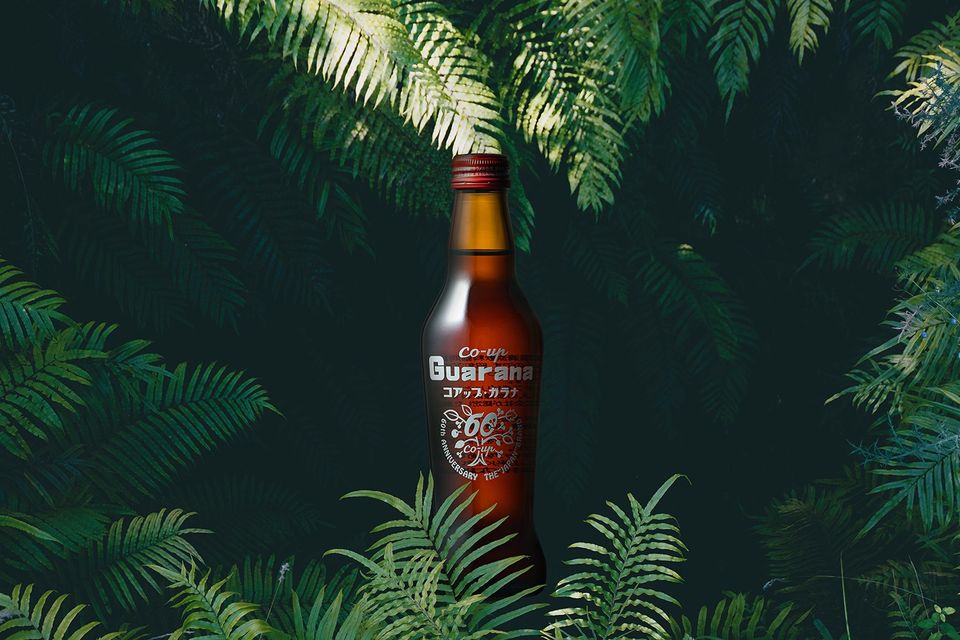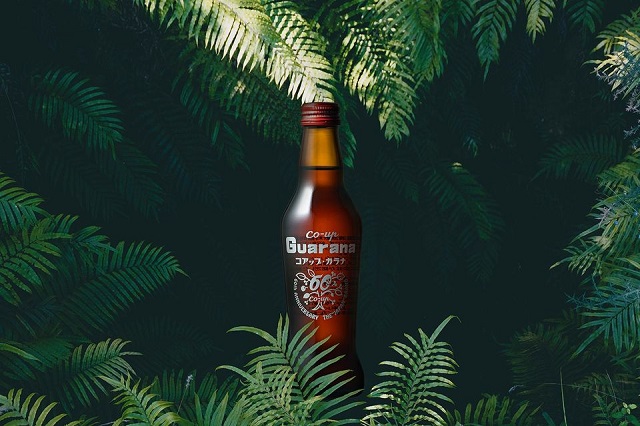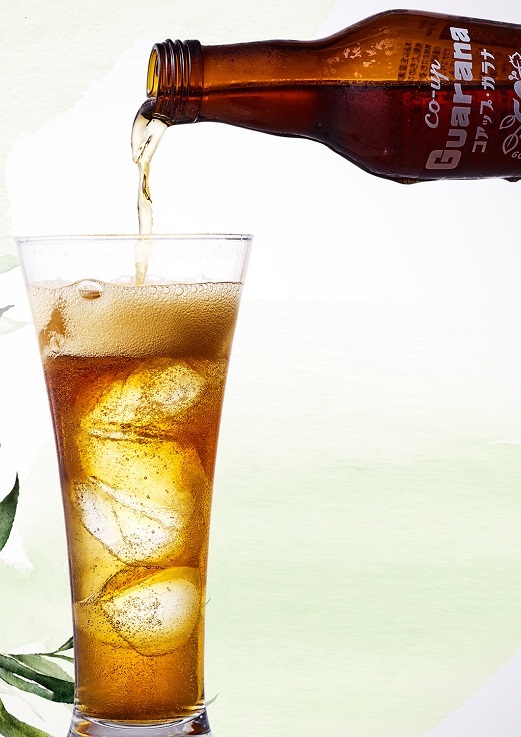古くから、南米の奥地に住むガラニス族はガラナの種子を粉にして、飲み物にしたり興奮剤や鎮痛剤あるいは下痢や頭痛の治療に使っていたのですが、ガラナに初めて科学の手が入ったのは、1700年代のことでした。ドイツの植物学者セオドア・フォン・マルティウスが、ガラナの種子から白い結晶を取り出すことに成功し、この苦い物質をガラニンと命名しました。しかし、これはのちにカフェインと呼ばれるようになります。
ところで、カフェインをコーヒーから初めて単離したのは、ドイツの化学者フリードリープ・フェルディナント・ルンゲです。1819年のことです。
ガラニンの方が発見が早かったのに、なぜガラニンはカフェインの中に組み込まれてしまったのでしょう。この辺りは謎ですが、ルンゲがコーヒーからカフェインの単離に成功した陰には、あの文豪ゲーテが関与していたといわれています。コーヒーを好んでいたゲーテは、コーヒーの中に「正気を生む成分がある」と考え、ルンゲにコーヒー豆の分析を促しました。そして、ルンゲはカフェインを見つけ、それが大きく世の中に流布されたのでした。文豪ゲーテは、科学の世界にも強く影響を及ぼしていたのかもしれません。
(つづく)
The Guarani people who live in the hinterland of South America, have used guarana seeds powder for drinks, stimulants, painkillers, or for the treatment of diarrhea and headaches since ancient times. Modern science met guarana in the 17th century and the German botanist Theodore von Martius isolated the guaranine from the guarana seed extract, later identified as caffeine. And it was 1819 that the German chemist Friedlieb Ferdinand Runge succeeded to isolate caffeine from coffee.
Galanine was discovered earlier than caffeine but it is not well known much as caffeine, why? It is said that Johann Wolfgang von Goethe, the literary titan, was a key person in the success of Runge’s examination. Goethe loved coffee and he thought that coffee had “eye-opening stimuli,” and urged Runge to analyze coffee beans, and then, Runge found caffeine and this discovery was widely disseminated to the world. The greatest poet and writer Goethe may have had strong influence on the world of science as well.
(to be continued)



